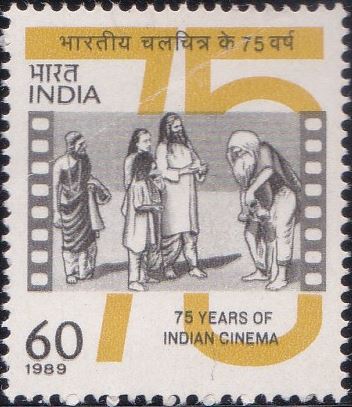
Indian Cinema 1989
A commemorative postage stamp on the 75 years of the Indian Film Industry : 1st full-length Indian feature film “Raja Harishchandra” :
Issued on May 30, 1989
Description of Designs : The stamp depicts a scene from the film “RAJA HARISHCHANDRA“. The stamp has been designed by India Security Press, Nashik Road, First Day Cover by Brijraj Goel and cancellation by Nenu Gupta.
Type : Stamp, Mint Condition
Colour : Two colour
Denomination : 60 Paise
Overall size : 3.34 x 2.88 cms.
Printing size : 2.98 x 2.52 cms.
Perforation : 13 x 13
Paper : Indigenous unwatermarked P.G. Matt coated stamp paper
Number Printed : 15,00,000
Number per issue sheet : 42
Printing Process : Photogravure
Printed : India Security Press
About :
- India is among the earliest countries in the world to have adopted the cinema. Within 6 months of public showing of “Cinematographe“ of Lumière brothers to British, Russian and American audiences, the people of Bombay saw this new wonder show at Watson’s Hotel, Bombay. Very soon, the great Indian entrepreneur Dhundiraj Govind Phalke (popularly known as Dadasaheb Phalke) successfully produced the First Indian Story film “RAJA HARISHCHANDRA“ in 1913 – overcoming enormous obstacles and successfully screened this short film (3,700 feet – 4 reels) at Coronation Cinema, Bombay on May 13, 1913. The First Indian Cinema “RAJA HARISHCHANDRA” was widely praised by the press and ran initially for a record 23 days or six times the normal run of silent films of those days.
- The success of “RAJA HARISHCHANDRA“ took the country by storm. Madras became the second important film production centre, where R. Nataraj Mudaliar made “KEECHAKA VADHAM“ in 1919 followed by J. F. Madan of Calcutta who made “NAL DAMYANTI“ in 1920.
- From this humble beginning, Cinema in India became a great industry with glorious traditions and accomplishments. It proved a big force for national unity and national integration and during the period of the Indian freedom struggle, cinema inspired thousands of its audience with sentiments of nationalism.
- In the 75 years of its existence, Indian cinema has produced the largest number of feature films in the world (about 850 to 900 every year). More than 2.5 crore Indians see Indian films every day. The cinema is the single largest disseminator of popular culture and plays a significant role as a medium of entertainment, information, education and as a catalyst of social change.
- Text, Courtesy : Film Federation of India.



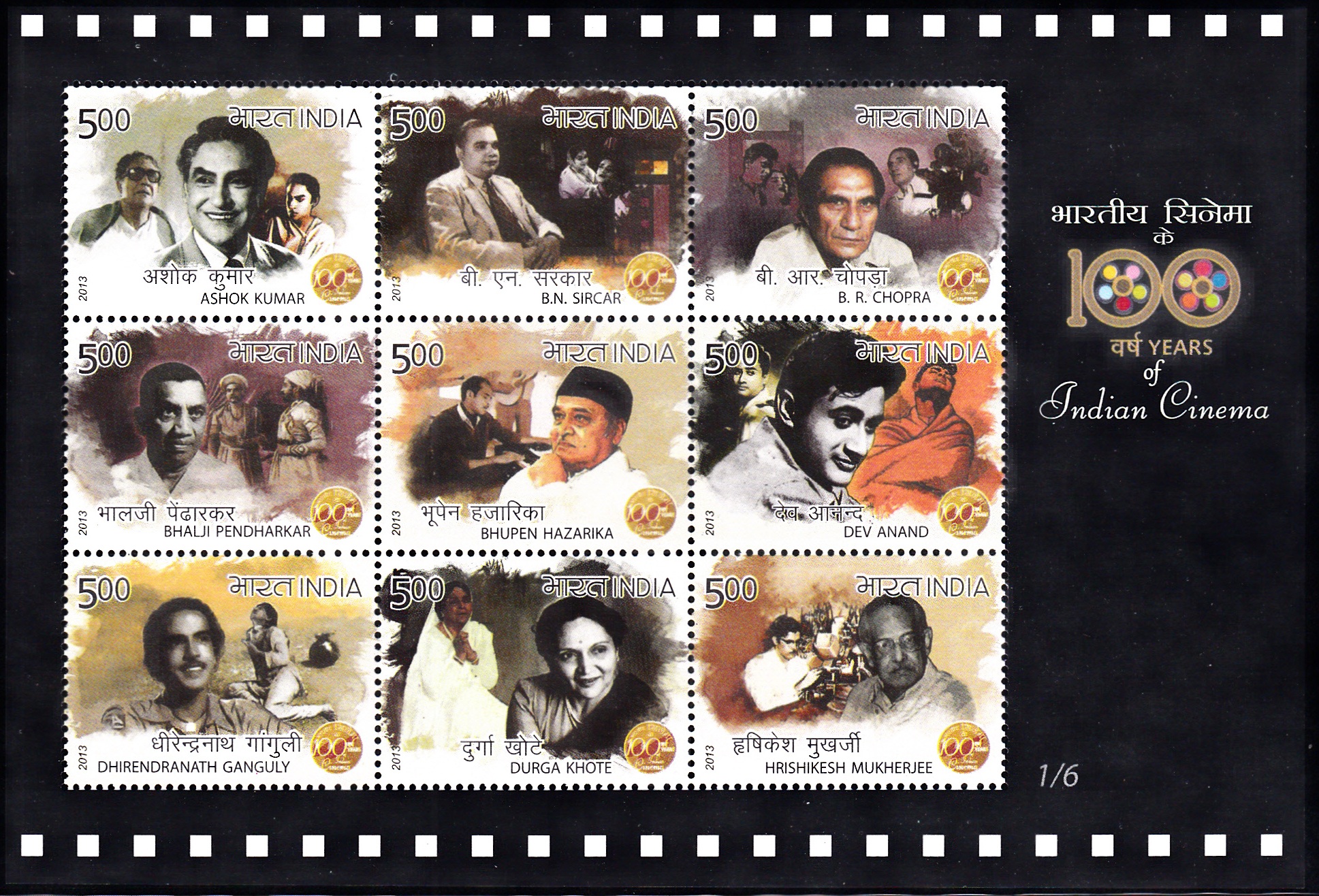
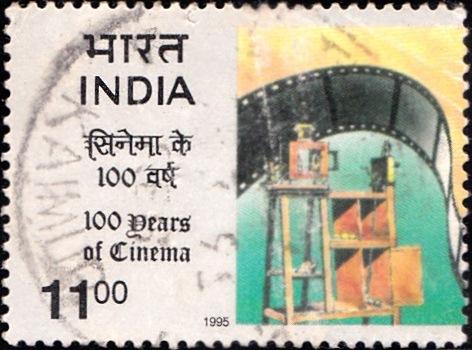

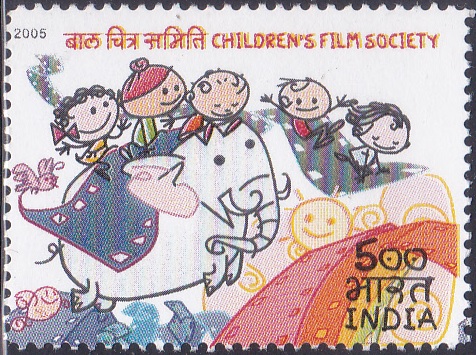
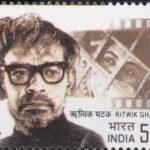
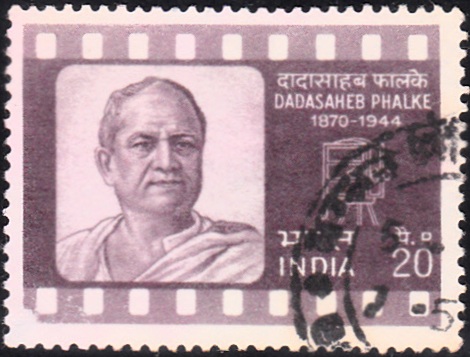
[…] Combining in his career the diverse role of actor, director, producer and movie moghul Raj Kapoor (1924-1988) carved out a niche for himself in the history of Indian cinema. […]
[…] Saheb Phalke, the father of Indian Cinema, released India‘s first full length feature film Raja Harishchandra, it held the viewers in a thrall. As the next one hundred years would prove, what he brought to […]
[…] “Sabhapathy”. He created history with new technological innovations time and again. While ‘Harish Chandra’ was the first Indian film to be dubbed from Kannada to Tamil, AVM introduced the play back […]